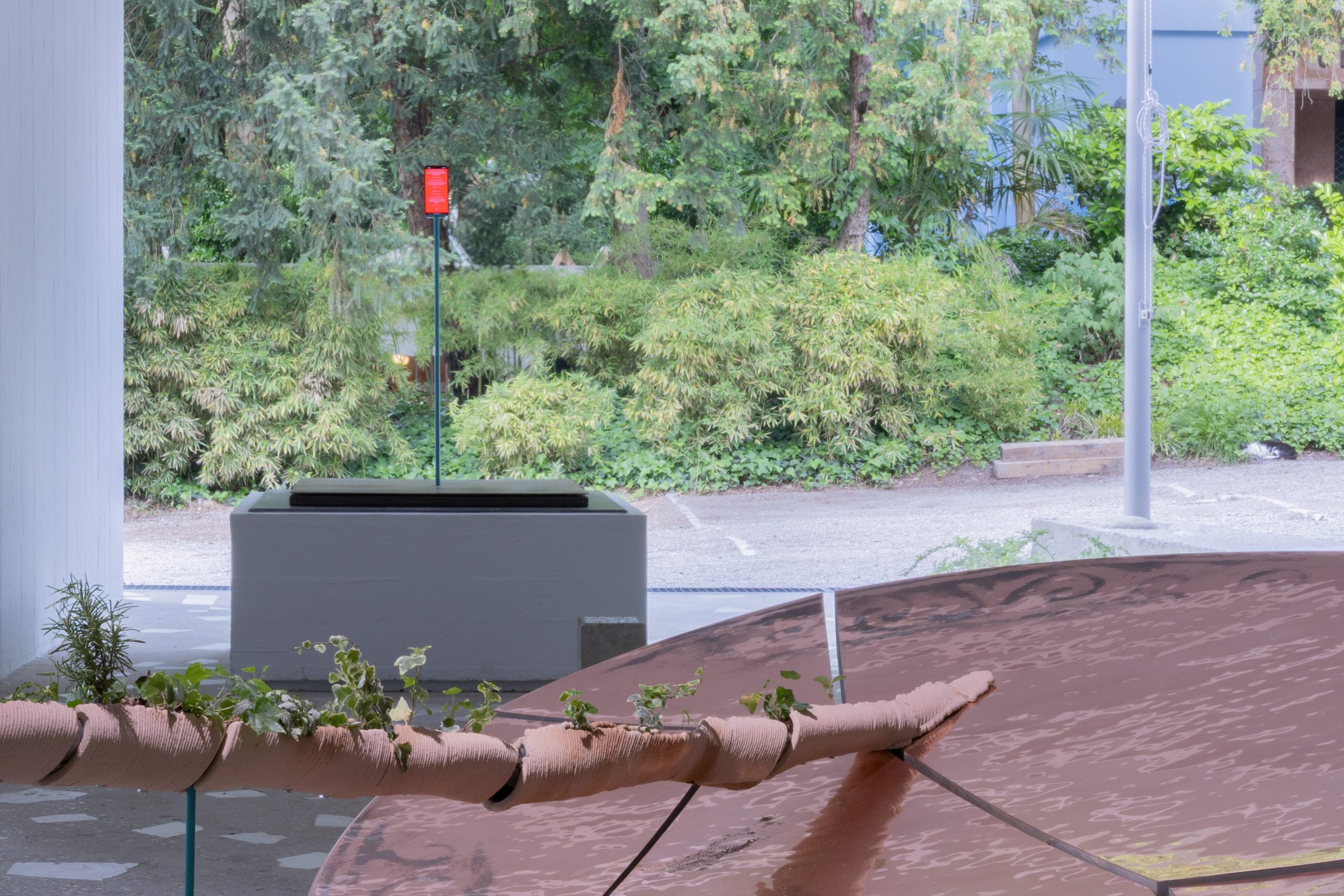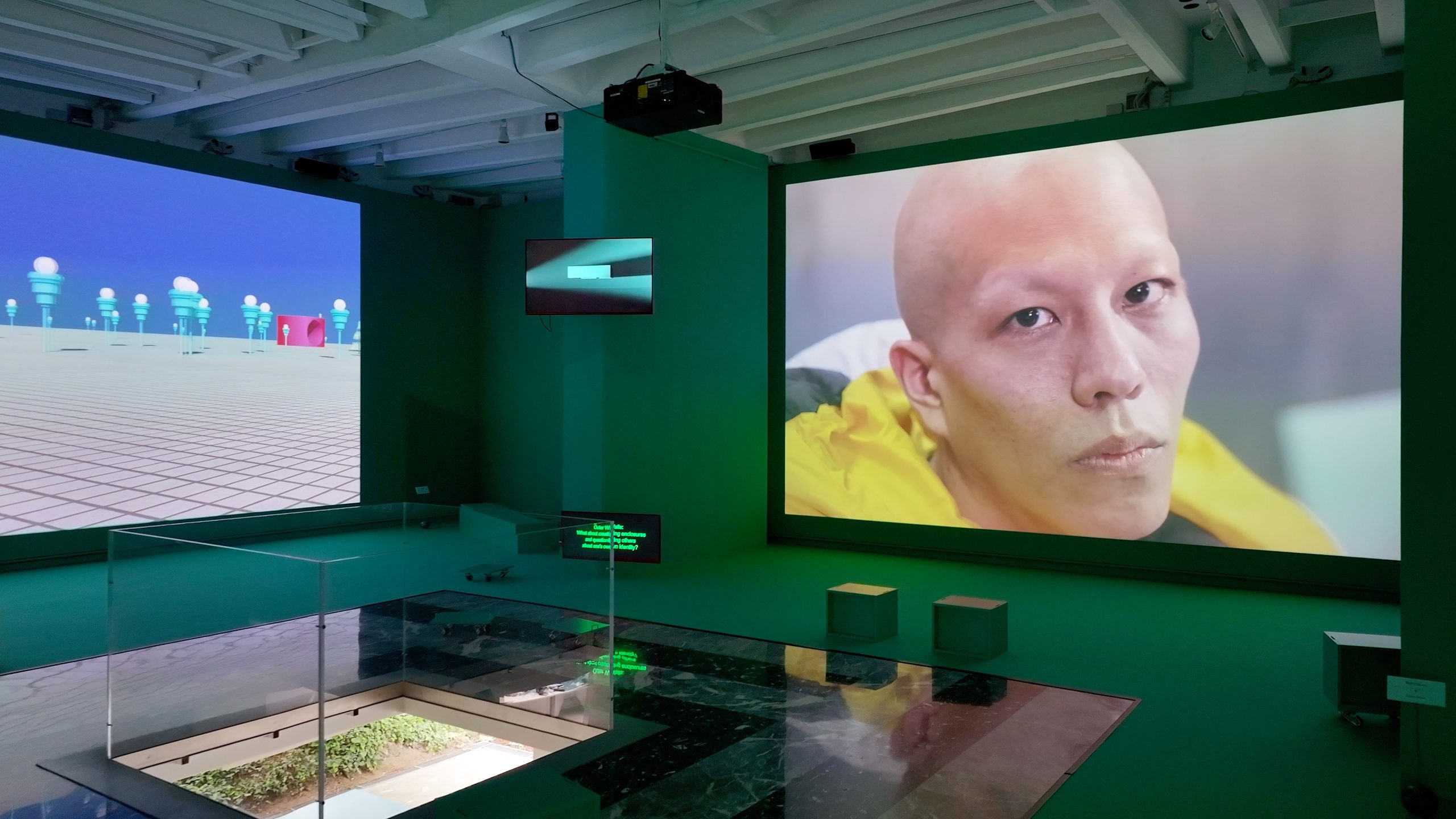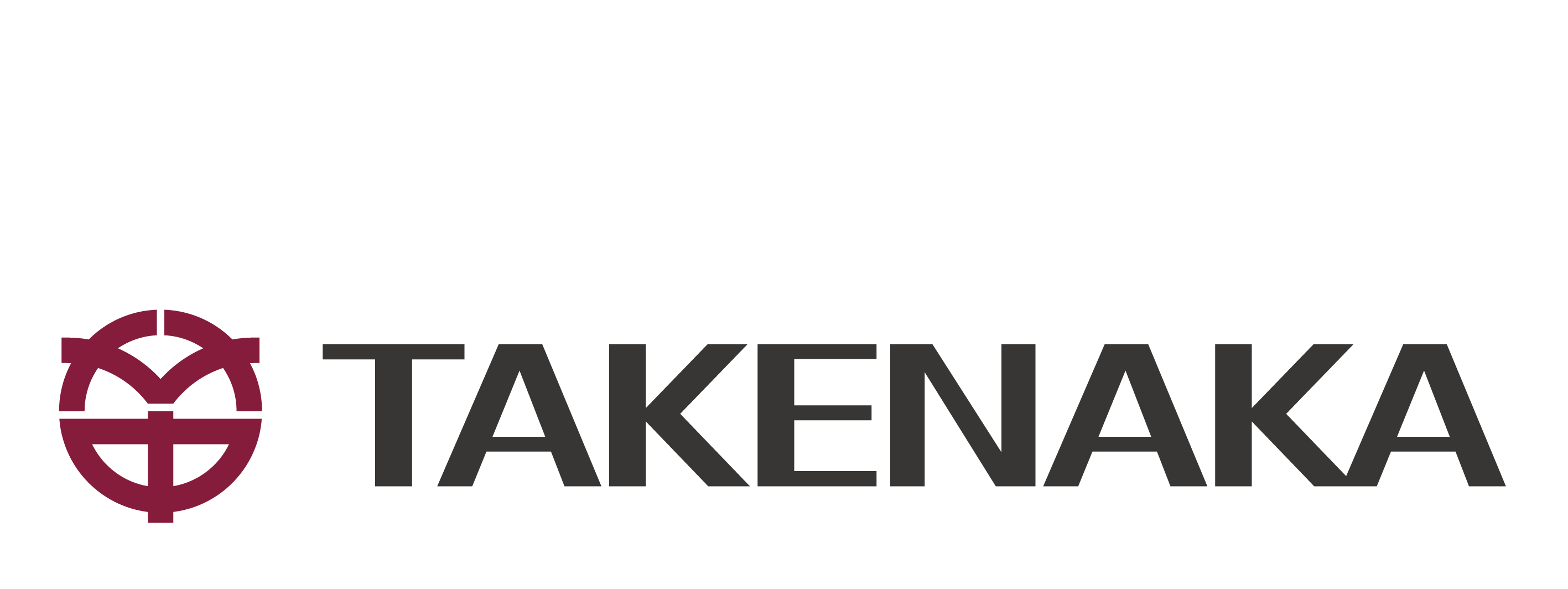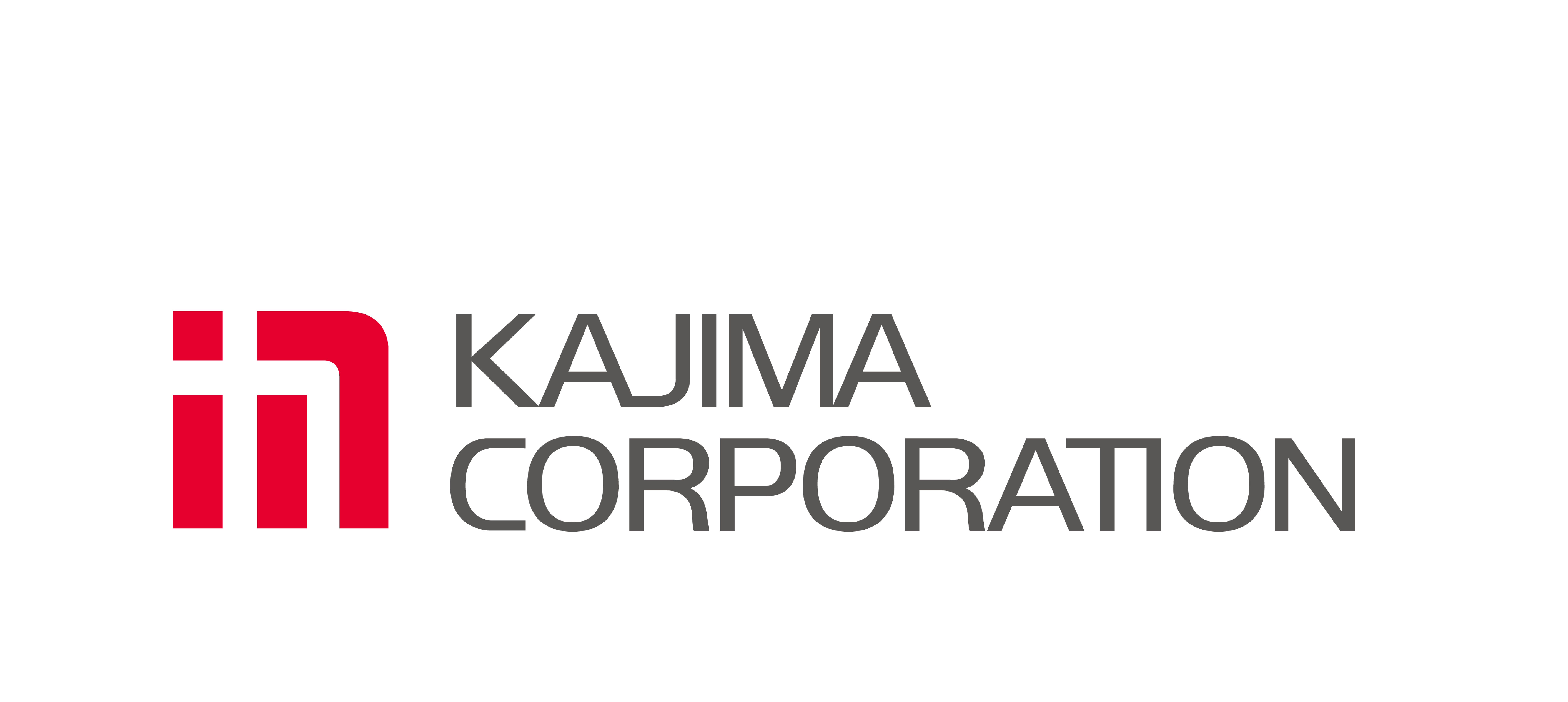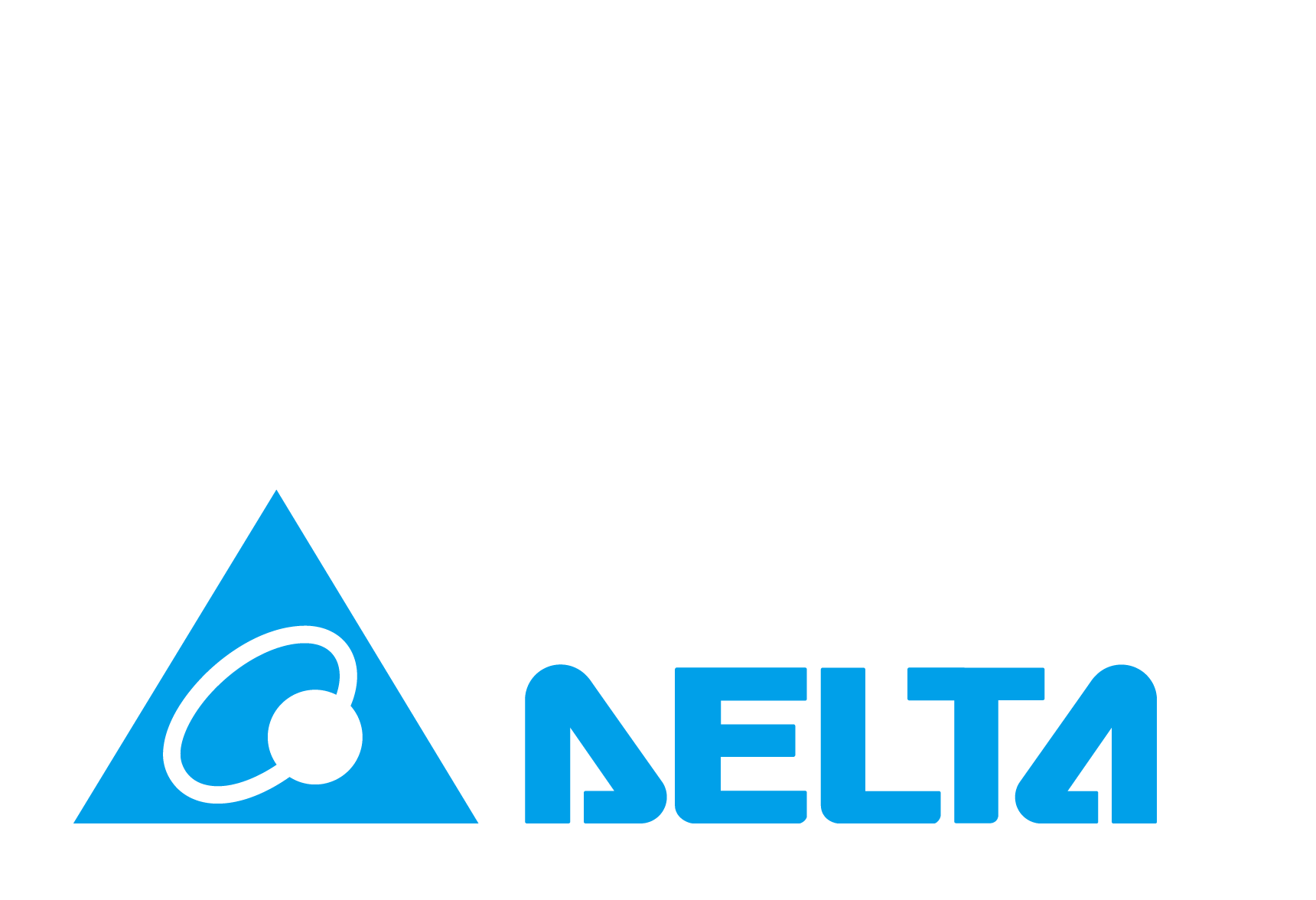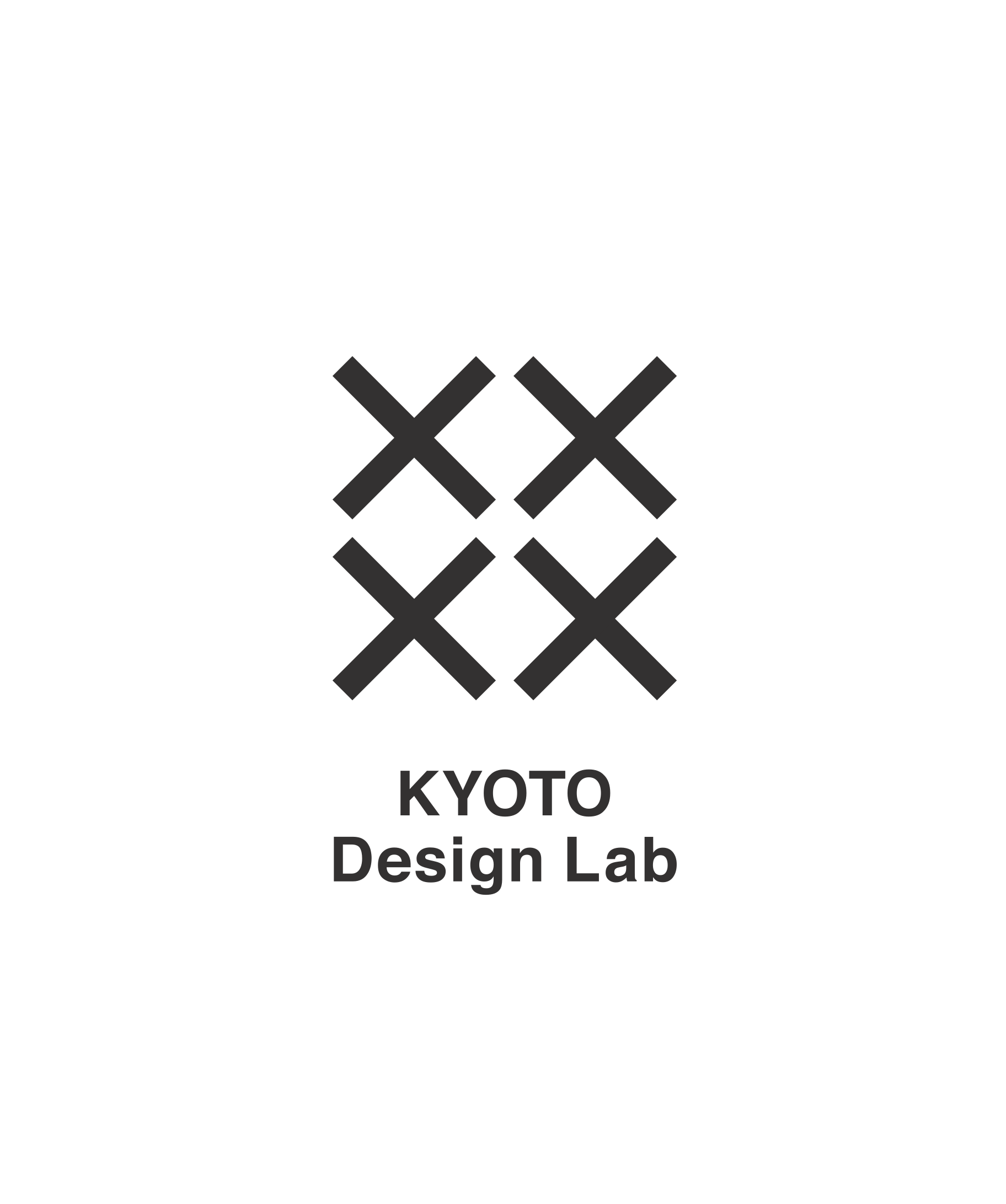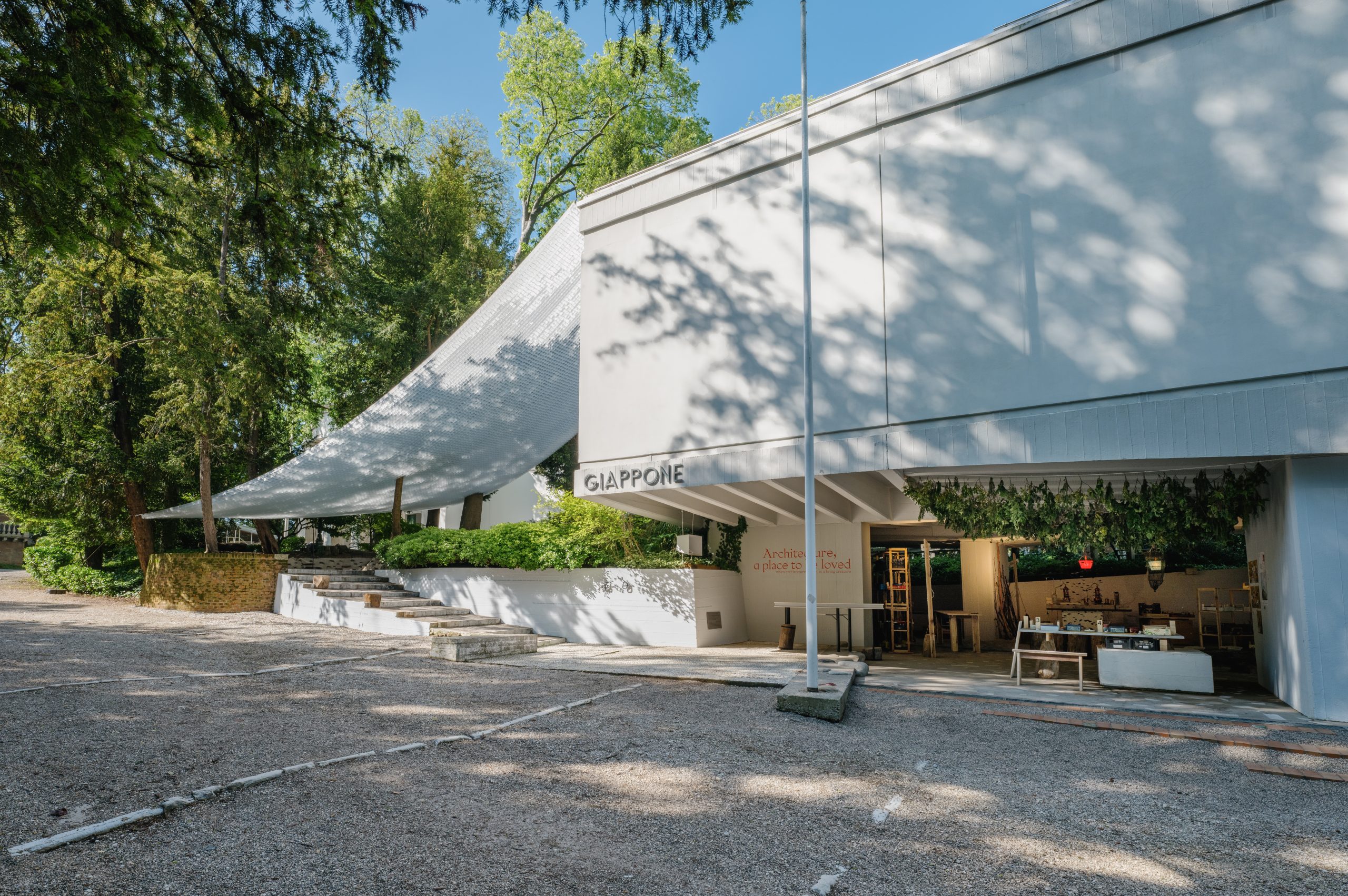Amid exponential advances in digital technology, the whole world is currently gripped by fear that in the very near future, generative AI will completely change the facets of our society, our environment, and even our own minds. In particular, it seems that with the proliferation of social media and other digital technology, Japan is heading straight toward a politically correct, one-size-fits-all, mediocre society that is merely defined by a lack of mistakes or flaws.
It is true that generative AI gives the answer with the least error derived from the synthesis of existing data, and we tend to perceive that as the “correct” answer. However, if we continue down that path, what awaits us is a society in which humans defer to generative AI and it, rather than humans, is the subject.
Nonetheless, Japan has a history with the concept of ma or “in-between space.” Beyond its literal meaning of a gap or interval, ma originally referred to the tension contained in the responses (dialogue) between two things and the concept of that tension potentially behaving as an imaginary subject.
If we follow that tradition, it may be worth taking a chance on predicating the imaginary “in between”, “dialogue” between humans and generative AI, rather than one or the other, as the subject, and putting such an attempt into practice is precisely what is proposed by the theme of the exhibition. Humans make mistakes, but so does generative AI. Perhaps, interactions between those mistakes will give birth to original “creation” belonging neither to humans nor to AI. The idea is to try establishing productive ways of interacting with generative AI while it is still in its earliest stage and to apply them to directing its future evolution.
The Japan Pavilion itself will be the target of such an effort. Multiple components of the pavilion will be placed under the influence of generative AI, and the Japan Pavilion will be both fictionally and actually “renovated” through the strained dialogue with it as an attempt to reveal subjectivity “in between” humans and generative AI.
Jun Aoki
The Japan Pavilion
- Theme
- In-Between
- Dates
- 2025/05/10[Sat] 〜 11/23[Sun]
- Curator
- Jun Aoki
- Curatorial Advisor
- Tamayo Iemura
- Exhibitors
- Asako Fujikura | Takahiro Ohmura | Toshikatsu Kiuchi(SUNAKI) | Taichi Sunayama(SUNAKI)
- Composer / Sound Designer
- ermhoi
- Sound Engineer / Sound Designer
- Makoto Oshiro
- Technical Engineer
- Yuya Ito
- Project Management
- Tomoko Shinagawa | Yuko Machida | Yukiko Iwase
- Exhibition Assistant
- Sky Araki | Michibumi Ito | Yudai Kato | Issei Kouda | Yu Matsumoto | Yuta Saito | Taiyo Sumi
- Graphic Design
- Akiko Wakabayashi
- Book editor
- Nao Amino
- Fabrication
- alcarol [Andrea Forti & Eleonora Dal Farra] (Reflective Saucer) | BARNA Gergely Péter (Clay Rails)
- Film Production
- KAORU [Kaoru Mitsui](Food Stylist) | Alice Ogi(Food Assistant) | Lisa Aoki(Director of Photography) | Shuma Ozawa(Camera operator, Colorist) | Harumi Suzuki(Camera Assistant) | Takahiro Fujii(Film Lighting Expert) | Saeko Naruke(Lighting Assistant) | Takeshi Ishida(Lighting Assistant) | Eri Kanzaki(Production Management) | Arisa Ueji(Hair and Make-up Artist) | Satoko Shinya(Styling) | Hidetoshi Inanaga(Prop Construction)
- CG Production Assistant
- Ai Ikeda(Rendering Coordinator) | Miki Nigo(Motion Design)
- Structural Engineer
- Tomomi Kimura
- Title Font
- Tariq Heijboer
- Local Coordination
- Harumi Muto
- Actors
- Kie Onikubo | Shuji Morita | Takuto Ohta | Rie Allison | Kyoko Ano
- Voice Actors
- Kevin Mchugh | Ena Morita | Shuji Morita | Julia Shortreed | Jua | HIMI | ermhoi
- Musicians
- Yuri Kamei(1st Vn) | Tomohiro Ishii(2nd Vn) | Mei Mishina(Viola) | Sonoko Muraoka(Vc) | Marty Holoubek(Double Bass) | Taikimen(Marimba)
- Fabrication Assistants
- Taihei Mizutani(Clay Rails) | Ryosuke Nakahara(Clay Rails) | Yoshiyasu Saito(Clay Rails) | Ryotaro Yamaguchi(Clay Rails) | Sota Araki(Clay Rails)
- Cultural mediators
- Camila Lopez | Sofia Moro | Margherita Ballarini
- Support Staff
- Alessandro Lassi | Saverio Veronese
- Commissioner
- The Japan Foundation
- With the Special Support of
- Ishibashi Foundation
-

- With the Support of
- TAISEI CORPORATION | TAKENAKA CORPORATION | KAJIMA CORPORATION | The Obayashi Foundation | YKK AP Inc. | Sanwa Facade Laboratory Corporation
- Hitoshi Tanaka | Hideaki Fukutake | Yasuharu Ishikawa | Katsushige Kambara | Yoshiko Mori | Shigeru Aoi | Yuta Kinose | Rina Matsuda | Miyuki Mizuno | Hiroaki Sakai | Takafumi Takahashi | Michiyoshi Takuma | Hiroyuki Maki | Takayuki Ishii | Tomio Koyama | Taro Nasu | Yutaka Kikutake | Kotaro Nukaga | Norimichi Hirakawa | Daito Manabe | Mika Ninagawa
- In Special Coorperation with
- kolor
- In Cooperation with
- DELTA ELECTRONICS (JAPAN), INC. | EventRegist CO., Ltd. | HP Japan Inc. | KYOTO Design Lab, the Kyoto Institute of Technology | mgn CO., Ltd.


